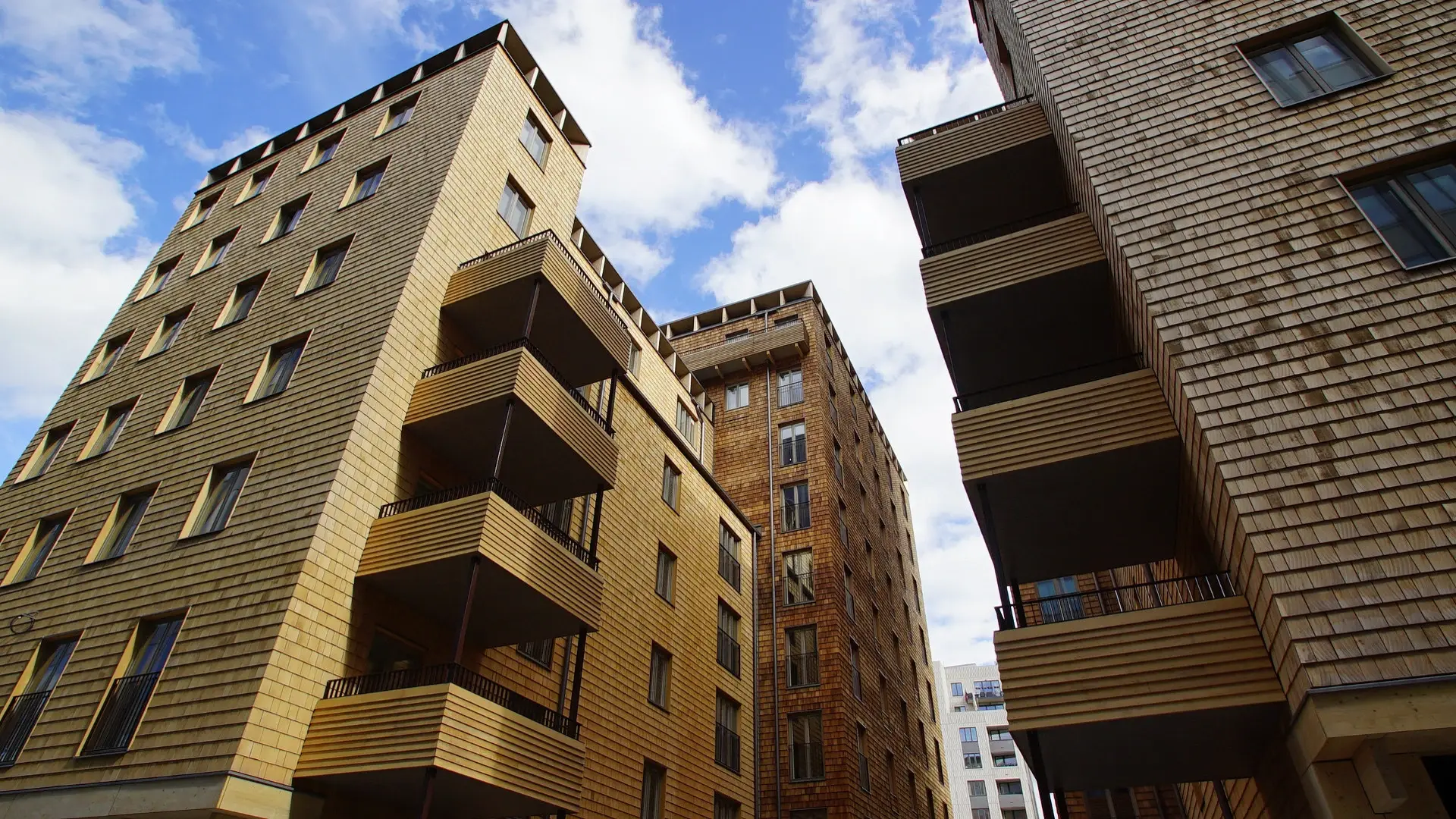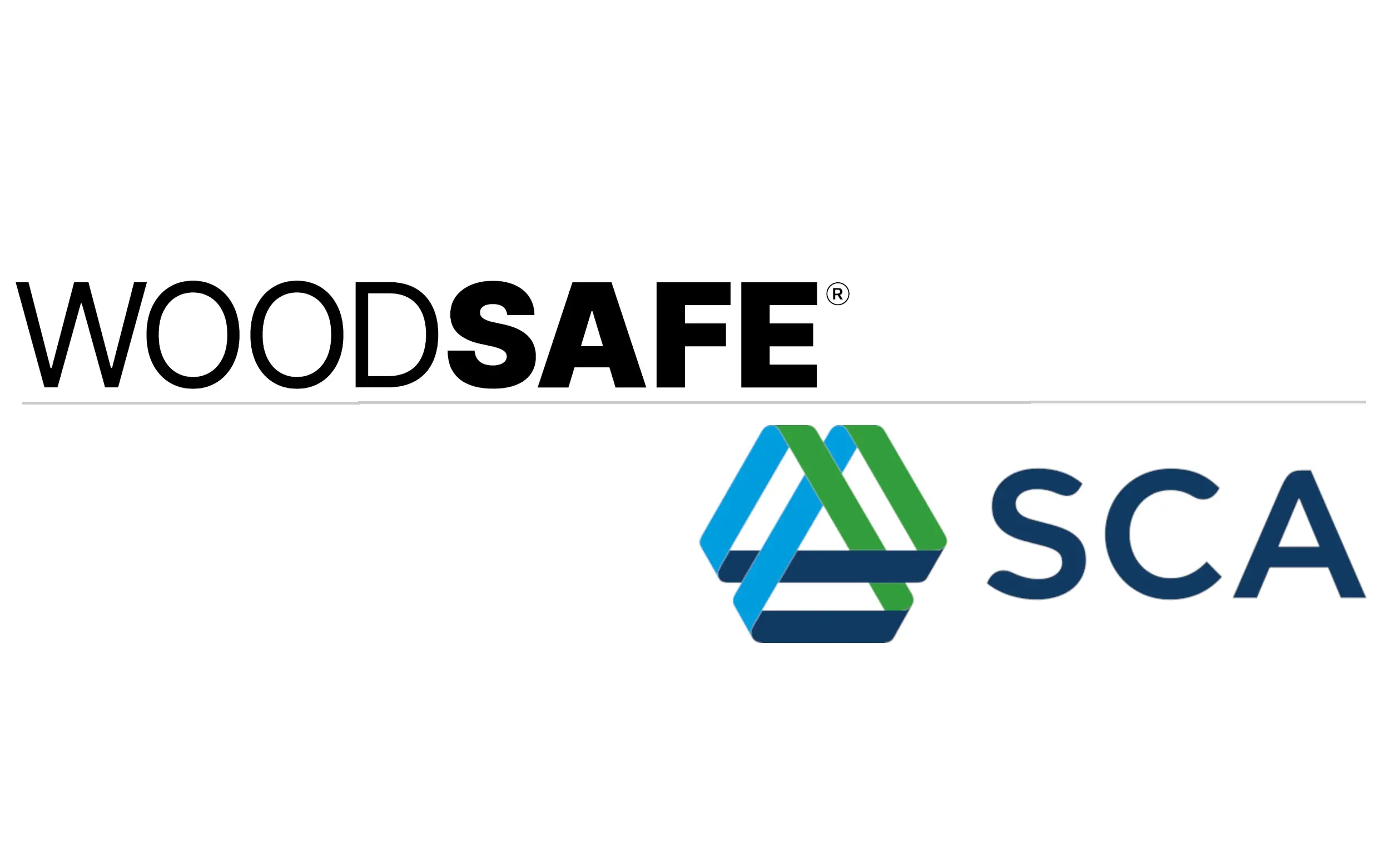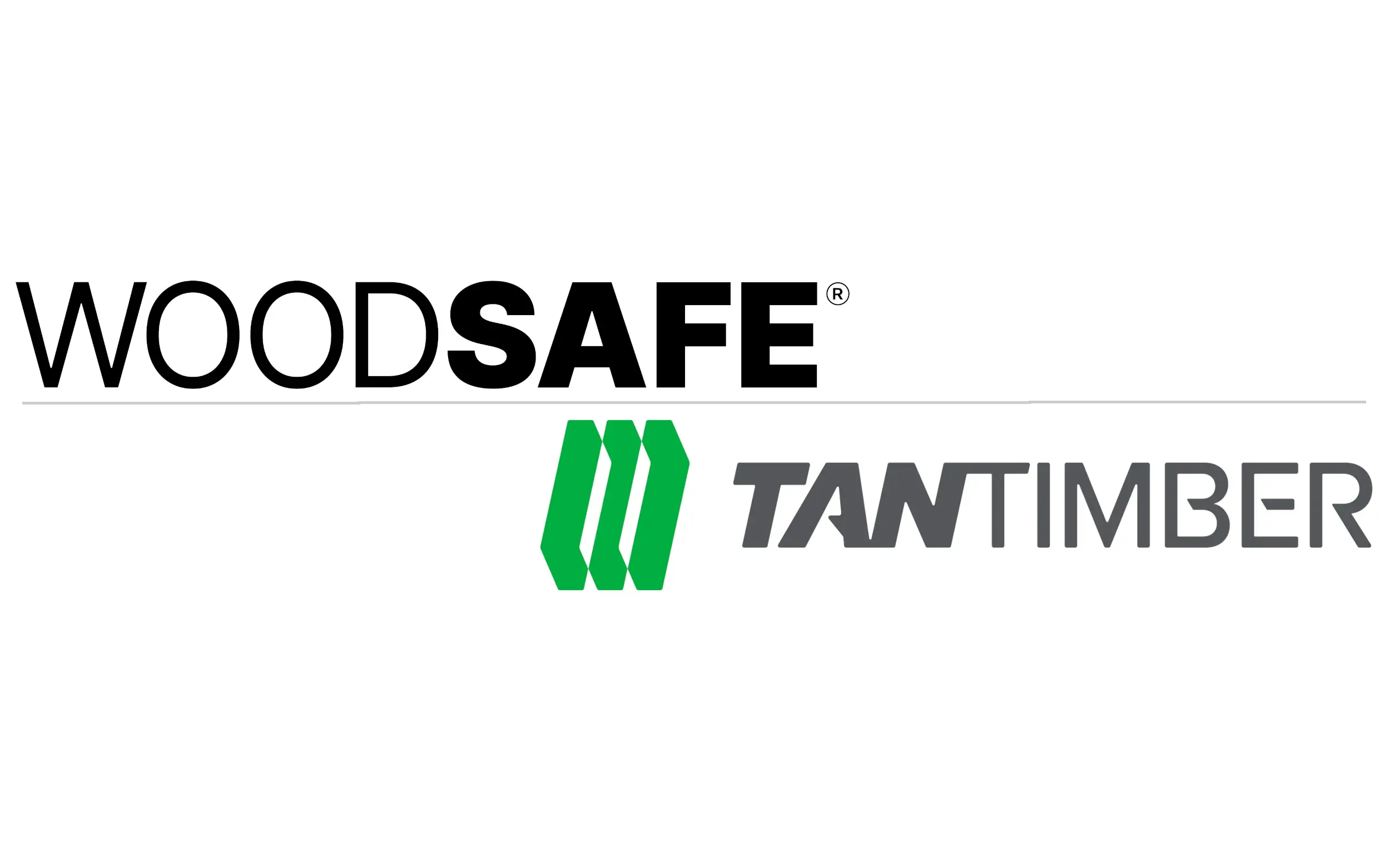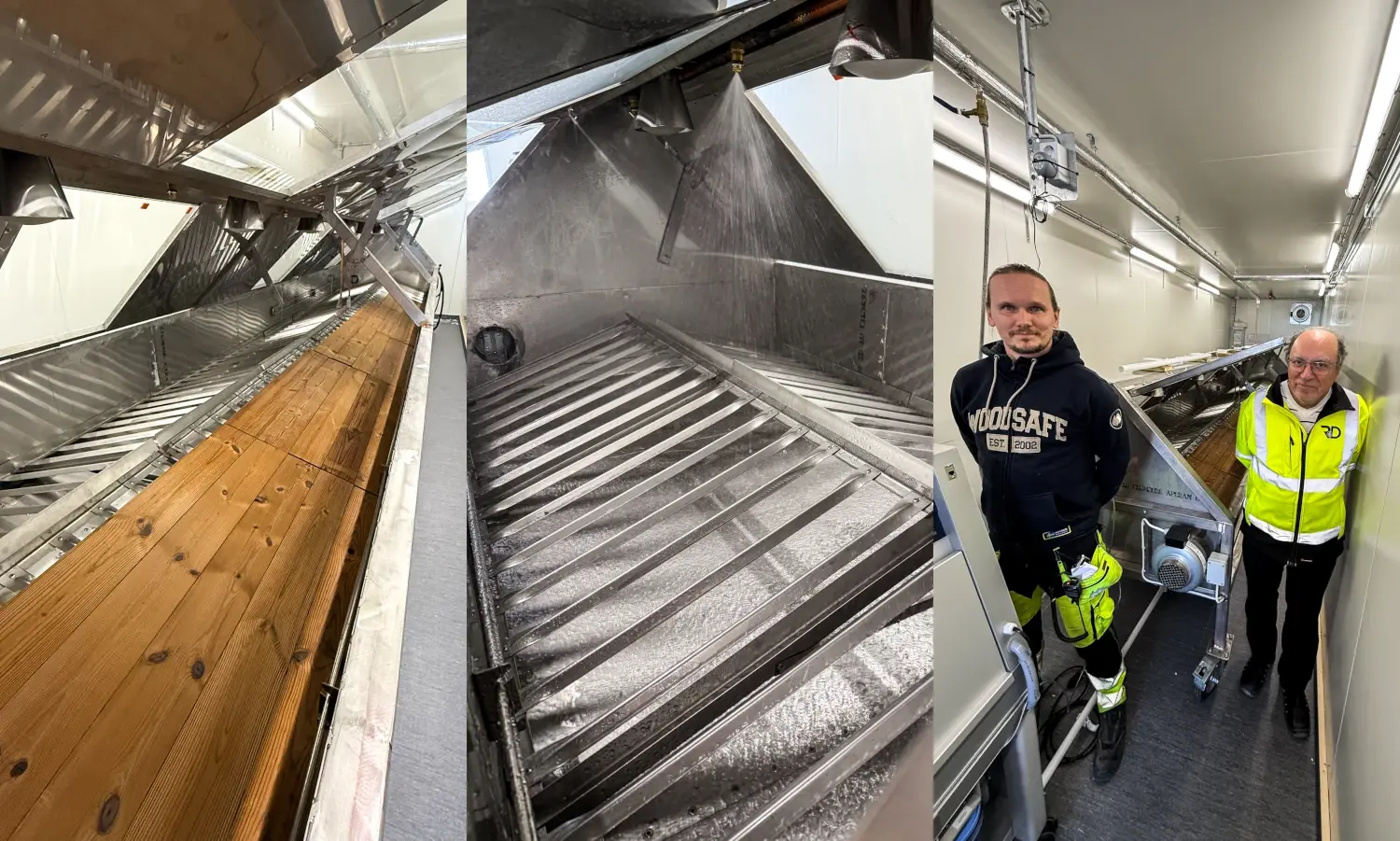Utility class of fire retardant treated wood
What is meant by the term utility class?
In the field of fire retardant treated wood, the concept of "utility class" is of great importance and is used frequently. Utility class refers to the suitability properties of the fire retardant for the specific application, such as fire retardant treated wood in an exterior environment. It is possible to achieve a certain fire class, such as SP-Fire 105, without having a utility class, but without a type-approved utility class, it is uncertain whether the fire properties will be durable over time. Therefore, it is necessary to combine the fire class with utility-classified fire-treated wood.

Reassurance with using fire-protected wood with utility class
- 1Approval of a notified body by means of a type-approval certificate
Choosing type-approved fire-retardant treated wood with utility class (EN16755 EXT) offers several advantages. One of these advantages is that the fire protection treatment has undergone rigorous tests carried out by accredited testing institutes. During the inspection and testing process, several factors are evaluated, including absorption control, hygroscopicity, leaching and reaction to fire properties before and after testing. This comprehensive testing process ensures that the fire protection treatment meets the necessary requirements and that its performance is verified and reliable. - 2Sustainability over time
When staying in a building with a wooden façade, it is crucial that specific fire safety requirements are met. By using type-approved utility class for fire-retardant treated wood, it is possible to ensure that the important fire properties are maintained even in the event of exterior exposure. This means that fire protection will remain effective for a longer period of time, which in turn helps to avoid costly and time-consuming measures to re-treat or maintain the fire protection. By using type-approved utility class for fire retardant treated wood, you can create a safe and secure environment while minimizing future maintenance costs. - 3Security for the residents and the developer's investment
The use of type-approved wooden façade systems with utility class provides an extra level of security for both residents and the developer's investment. By relying on products and systems that have been tested, audited and approved by an independent notified body, you can be sure that they meet specific requirements and have undergone rigorous testing. This increases confidence in the effectiveness of fire protection, compliance with building regulations, economically sustainable service life and contributes to creating a safer living environment. By choosing type-approved wooden façade systems with utility class, you can be sure that you have made a reliable and quality-assured investment.
In summary, type-approved fire-treated wood with utility class provides invaluable benefits as the whole is assessed and weighed together into a type approval certificate for the system. Thus, it is not possible to issue type-approval certificates only with SP-Fire 105. Utility class according to EN16755 INT1, INT2 and EXT must also be approved in order for type-approval certificates to be issued.
Type-approved fire retardant treated wood is in a quality class of its own and cannot be equated with individual reports or statements. Relying on type-approved solutions provides a comprehensive assessment and evidence of the performance and suitability of fire protection for different applications. This provides increased security and confidence that the fire protection will work as intended and maintain its effectiveness over time. Choosing type-approved fire-retardant treated wood with utility class is therefore a reliable and safe investment to achieve robust and durable fire protection.



